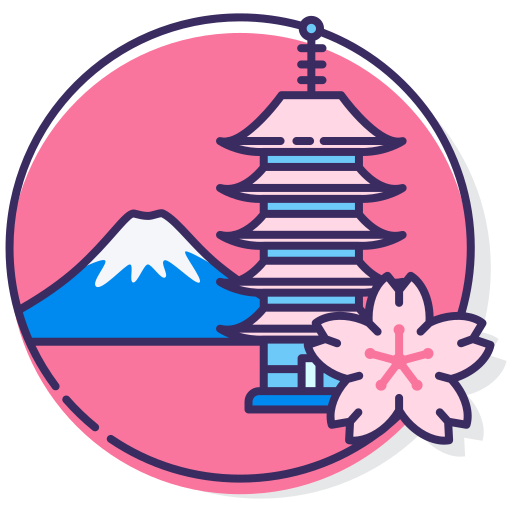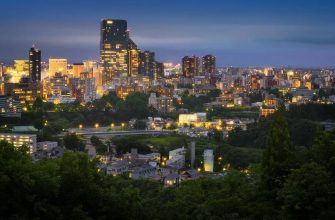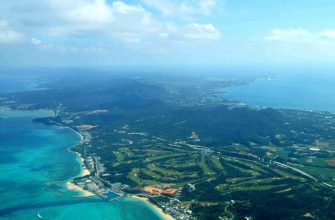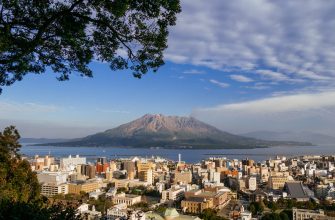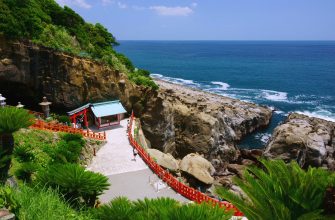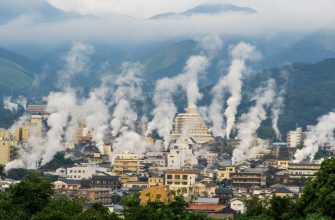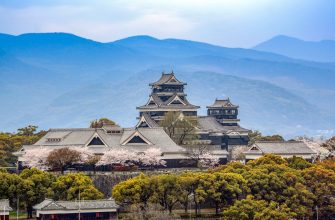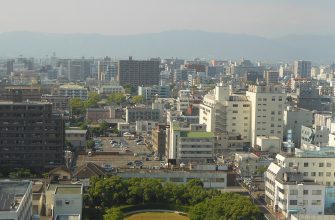Nagasaki Prefecture, nestled on the island of Kyushu, is a place where history melds seamlessly with the present, offering a rich tapestry of cultural experiences. Laden with historical significance, from its time as Japan’s sole trading post with the outside world during the Edo period, the city’s narrative is one of resilience. Its legacy is a testament to its role in forging international connections and recovering from the atomic devastation it faced in the twilight of the Second World War.
Today, this City of Peace stands as a symbol of hope and disarmament, flourishing with landmarks, museums, and memorials all dedicated to the pursuit of global harmony. Winter lends a crisp chill to the air, making it an inviting time to explore the top attractions in Nagasaki. Fukuoka, a short journey away, also offers its unique attractions, completing the experience of discovering Kyushu’s enriching locales, festivals, and culinary delights.
Historical Significance
Nagasaki, long entwined with Japan’s broader narrative, has been pivotal to the nation’s trajectory. During the Edo period, it emerged as a key port, and the establishment of a trading post there by the Tokugawa shogunate facilitated the influx of new ideas and technologies. Transitioning into the Meiji period, Nagasaki became instrumental in Japan’s modernization, quickly adopting Western industrial and technological practices, particularly in shipbuilding and manufacturing.
The city’s more recent history is marked by the tragic atomic bombing on August 9, 1945, which ranks as one of the most profound events of World War II. This catastrophic event led to significant loss of life and enduring trauma among survivors. Nagasaki today hosts monumental sites, including the Nagasaki National Peace Memorial Hall and the Atomic Bomb Museum, standing as poignant reminders of war’s atrocities and advocates for perpetual peace.
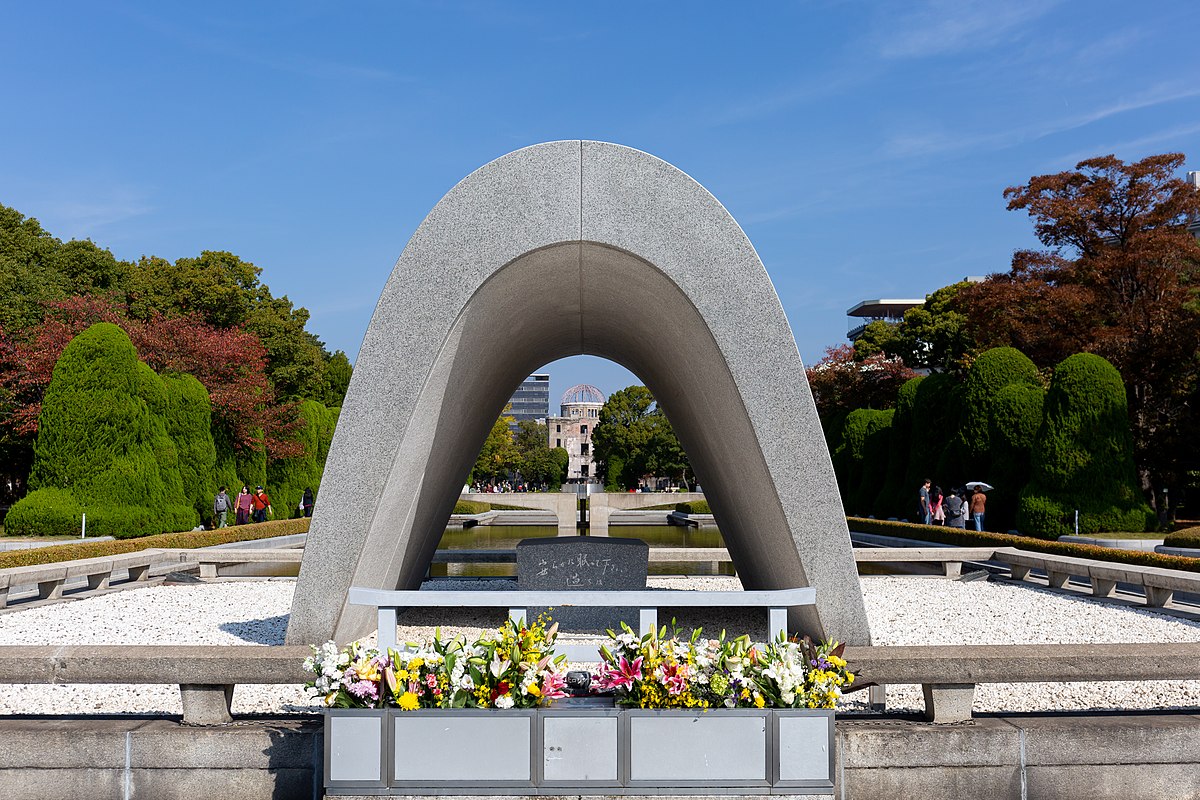
- Key Historical Interactions: Nagasaki facilitated international trade and modernization in Japan.
- World War II Impact: Endured catastrophic atomic bombing with extensive casualties.
- Memorialization: Sites like the Peace Memorial Hall underscore a commitment to commemorating victims and promoting peace.
- Legacy of Resilience: Despite past devastations, Nagasaki remains a symbol of recovery and hope.
Nagasaki’s essence is further engraved in history as a UNESCO World Heritage site, which underscores its global significance and the perseverance it exemplifies.
Landmarks and Monuments
Memorial Spaces for Contemplation
Situated in Nagasaki City, the Nagasaki Peace Park stands as a solemn tribute to those who lost their lives during the atomic events of August 9, 1945. This tranquil garden promotes a message of hope with its central figure, the Peace Statue, and other elements like the Fountain of Peace. Each year on the tragedy’s anniversary, a ceremony dedicating efforts to a future without conflict is held.
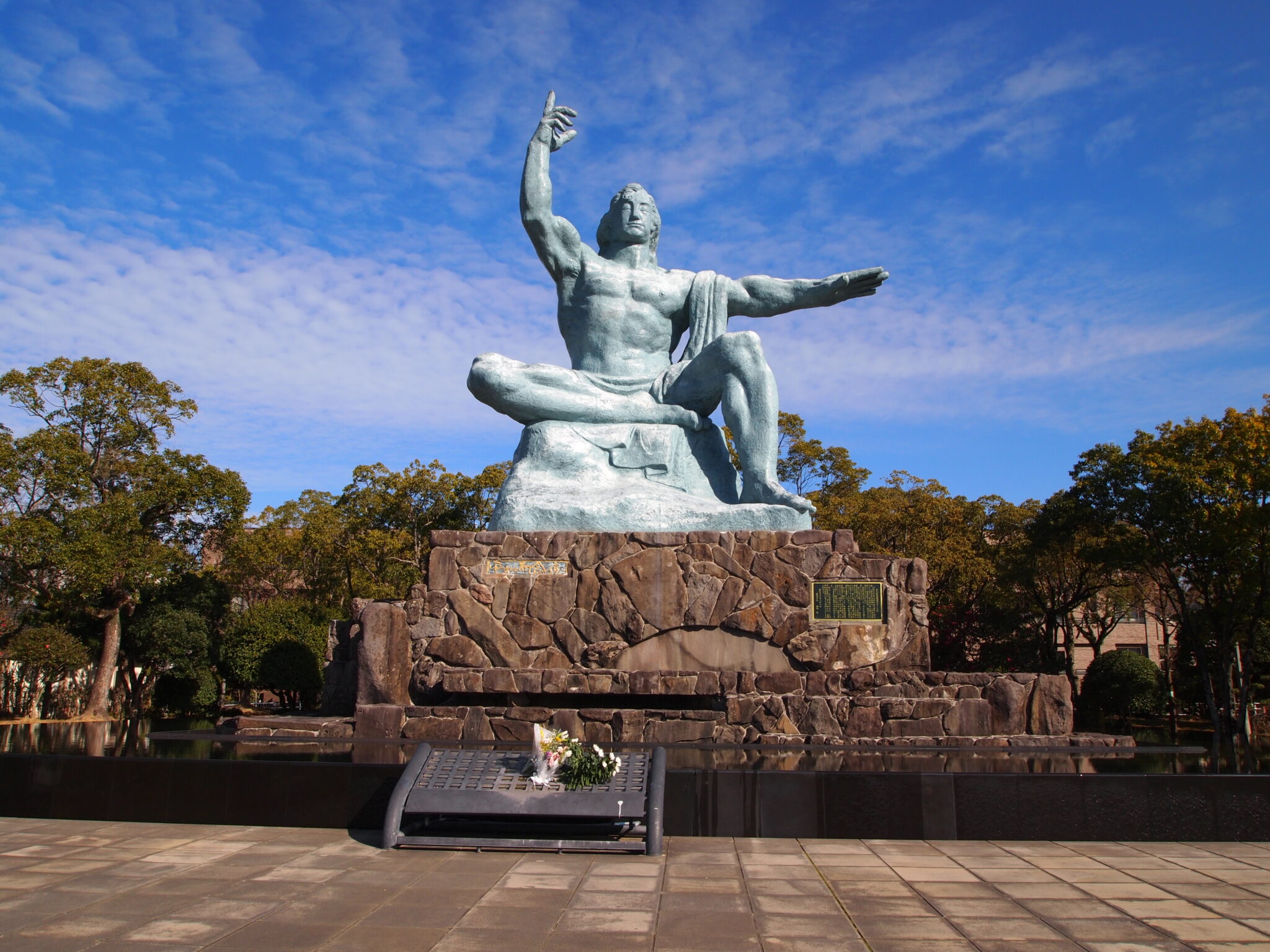
Elevated Walkways with Scenic Vistas
Connecting Glover Garden to the city’s heart, the Glover Skywalk is an elevated path named after influential Scottish merchant Thomas Blake Glover. The skywalk provides memorable views of the harbor and the city framed by the landscape’s natural beauty. It’s a prime spot for visitors to capture the essence of Nagasaki’s mix of nature and urban life.
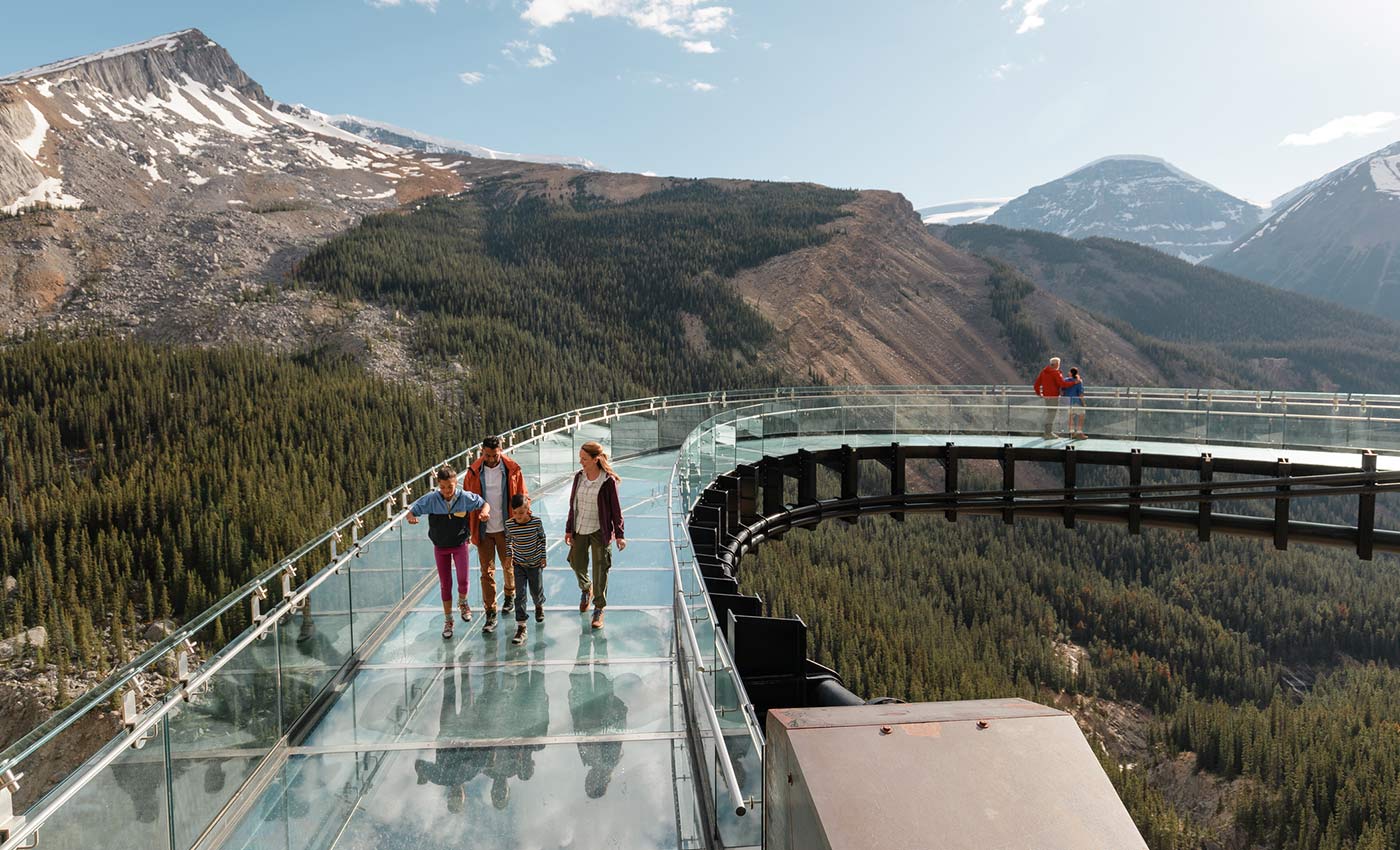
Panoramic Mountain Peaks
Mount Inasa provides an awe-inspiring vantage point over Nagasaki, boasting one of Japan’s top three night views. Accessible via road or cable car, the journey culminates at the mountain’s summit where the Mount Inasa Observatory Tower allows for a 360-degree view of the glittering cityscape below.
Historical Ruins on an Isolated Isle
The abandoned isle known as Gunkanjima, or Battleship Island, is a silent testimony to a once-thriving coal mining center. Now a UNSECO World Heritage Site, its desolate ruins are open to guided tours, giving a haunting glimpse into the past lives of its inhabitants.
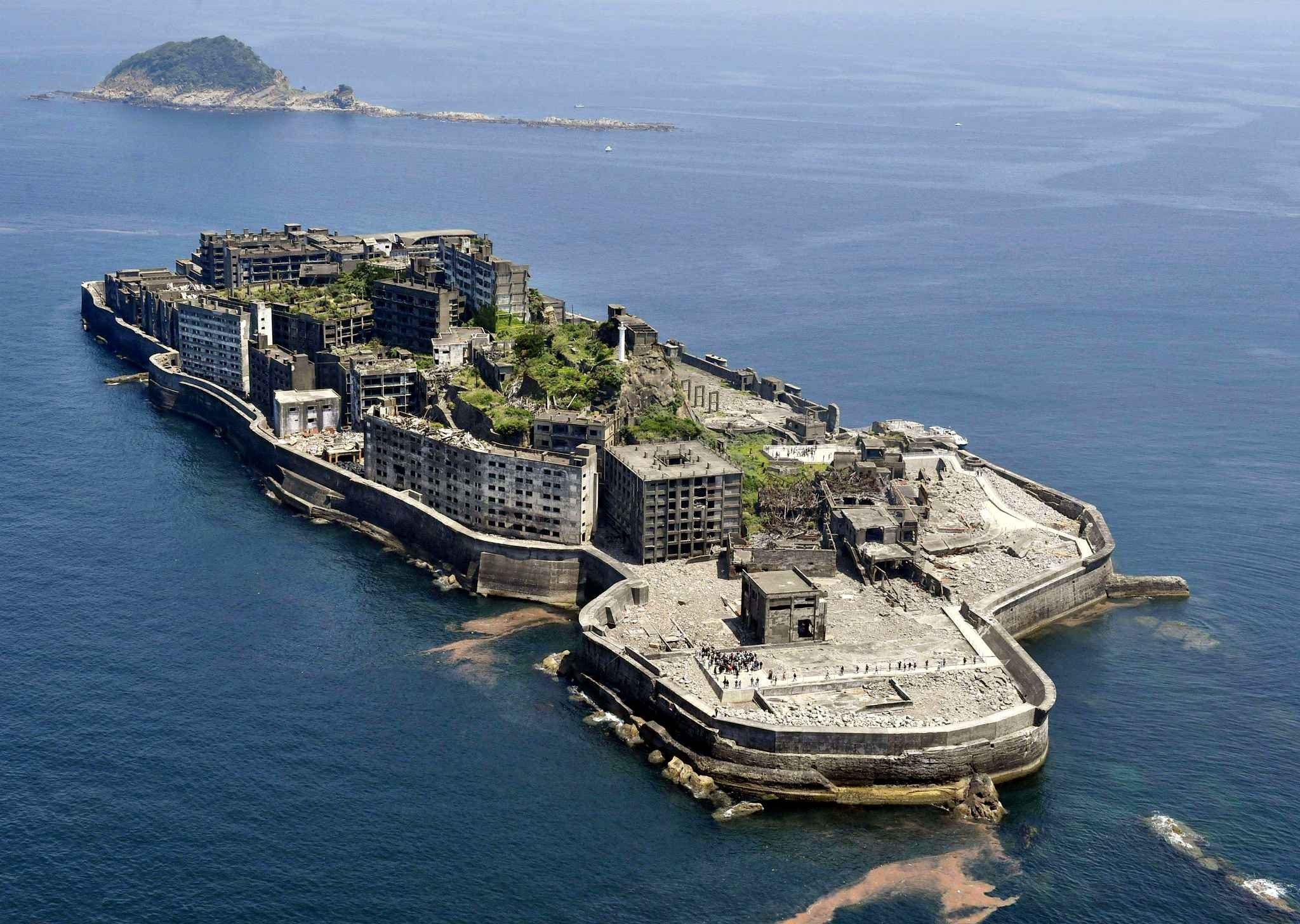
Dutch Historical Quarters
Dejima remains a well-preserved area that showcases Nagasaki’s unique past as a Dutch trade hub during Japan’s period of seclusion. As it has been converted into an open-air museum, visitors can stroll through its reconstructed buildings and delve into stories about the Dutch traders’ experience during a pivotal era in Japan’s international history.
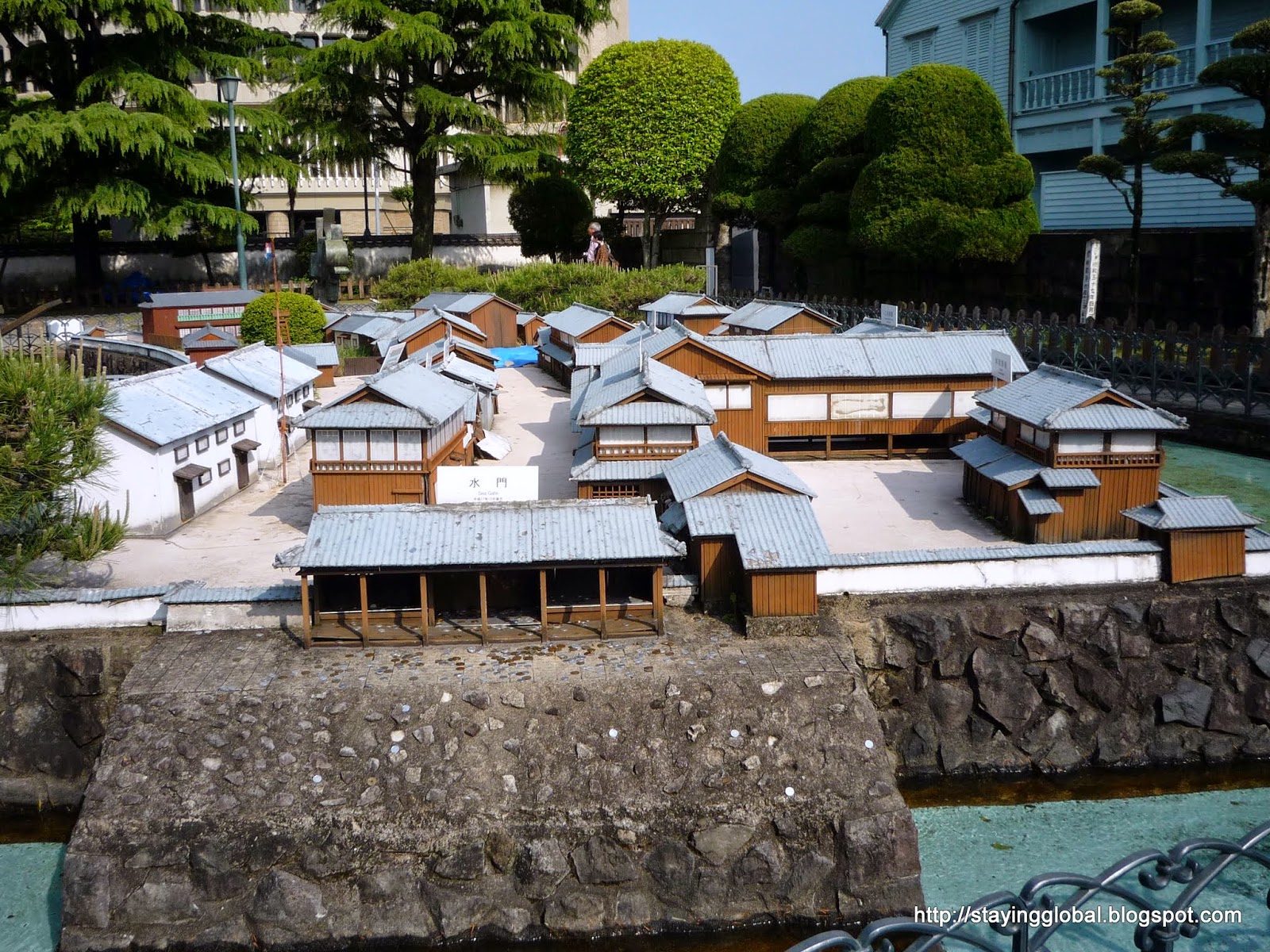
| Notable Landmarks in Nagasaki | Description |
|---|---|
| Peace Statue | A towering symbol of hope within the Peace Park. |
| Glover Skywalk | Offers spectacular harbor and city views. |
| Mount Inasa Observatory Tower | Provides a sweeping nocturnal vista of Nagasaki. |
| Love Stone | A lesser-known, yet charming draw within Glover Garden. |
| Dejima | An insightful museum portraying Dutch trade history. |
Visitors to these sites will encounter not only the natural beauty and culture of Nagasaki but will also engage with living monuments to historical moments, both joyous and solemn.
Exploring the Rich Culture of Nagasaki through Its Museums
Memorial of the Atomic Bomb
Dedicated to the memory of a pivotal moment in history, the Memorial of the Atomic Bomb in Nagasaki presents a profound narrative of the tragic events of World War II. It displays artifacts including the halted remains of a clock marking the moment of detonation and a scale model of the “Fat Man” bomb. The exhibits extend beyond the past, delving into the legacy and influence of nuclear armament globally.
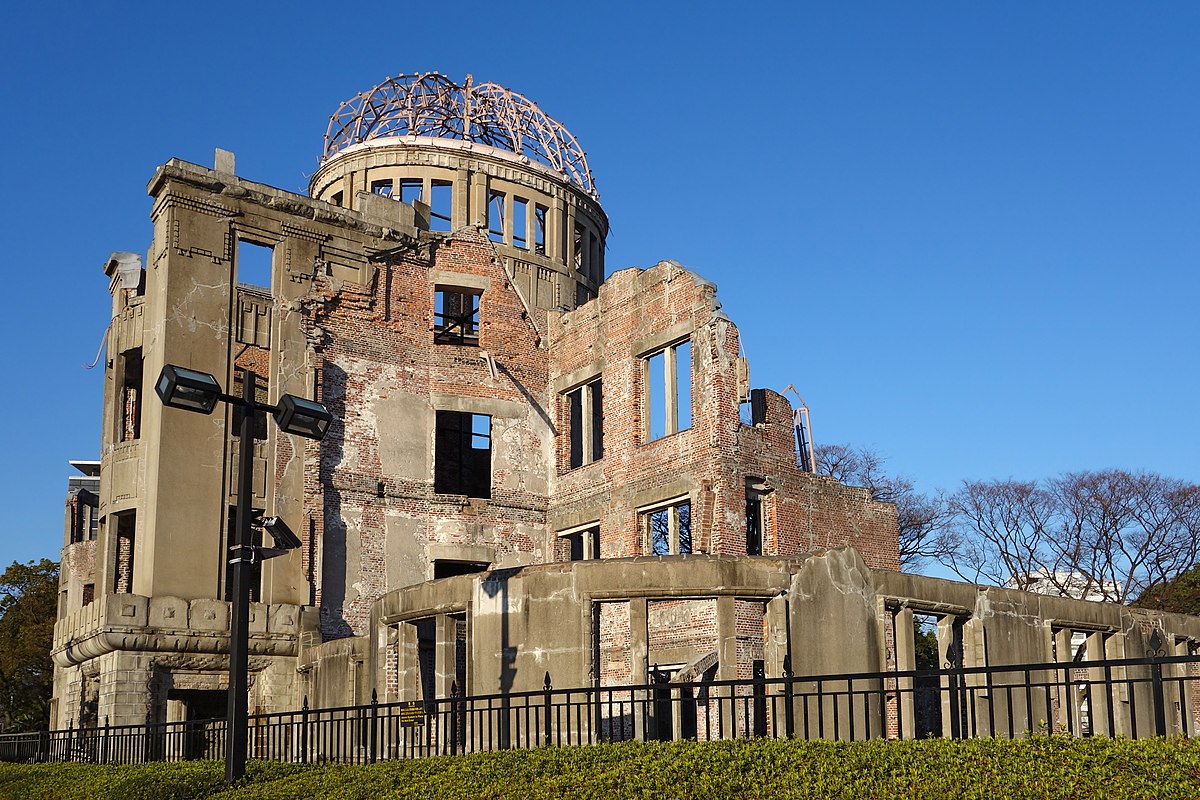
- Displays:
- Artifacts from the bombing
- Chronological history of nuclear weapons
- Notable Exhibit: Replica “Fat Man” bomb
Chronicles of Nagasaki
Delving into the rich tapestry of the city’s past, the Chronicles of Nagasaki offers an extensive look into its diverse history. From ancient eras to the city’s importance as a hub of international commerce, a plethora of artifacts invites visitors to walk through time. Highlights include elegant Japanese arts and a detailed re-creation of Dejima, the historic trading port.
- Exhibitions:
- Ancient to modern historical artifacts
- Dejima trading post replica
Creativity and Expression
For art enthusiasts, the Nagasaki Prefecture’s center for visual arts showcases a wealth of creative works, with a special emphasis on Spanish collections. It holds the distinction of maintaining the largest assemblage of Spanish art in the country, presenting a unique cultural intersection.
- Collections:
- Extensive Spanish artworks
- Traditional and contemporary pieces
Efficient Local Conveyance
Streetcar Network
In Nagasaki City, the streetcar offers a practical and cost-effective method for navigating the urban environment. The city’s electric tramway system extends its lines across various districts, setting fares according to the travel distance. Automated ticket dispensers are available at tram stops, and for convenience, commuters can also opt for rechargeable IC cards.
Extensive Transit Systems
The widespread coverage of transit systems in Nagasaki Prefecture is notable, providing essential connections by land and water. City and intercity bus routes managed by Nagasaki Bus are extensive, ensuring broad access across urban and rural locales. Additionally, JR Kyushu facilitates rail travel to broader regions within Kyushu, complemented by ferry services for access to neighboring islands.
Aerial Cableway
Visitors seeking a distinctive perspective of Nagasaki City might consider the aerial cableway, notably the Nagasaki Ropeway, which ascends to Mount Inasa. The brief ride, around five minutes in one direction, rewards guests with expansive views that capture the city’s essence and its geographical context.
Hillside Funicular
For an alternative elevated experience, the Nagasaki Slope Car provides a unique ascent up to Mount Fugen. Within a short duration of three minutes, passengers can reach vantage points offering majestic vistas of the city’s layout and the adjoining harbor. Operated daily, these slope cars add a quaint charm to the hillside journey.
Christianity’s Imprint on Nagasaki
Nagasaki bears a profound historical significance for its connection with Christian culture in Japan. The Portuguese introduction of the Christian faith in the late 1500s marked the beginning of its tumultuous journey. Notably, Oura Cathedral stands as a remnant of resilience, having been constructed to commemorate the faithful who suffered martyrdom.
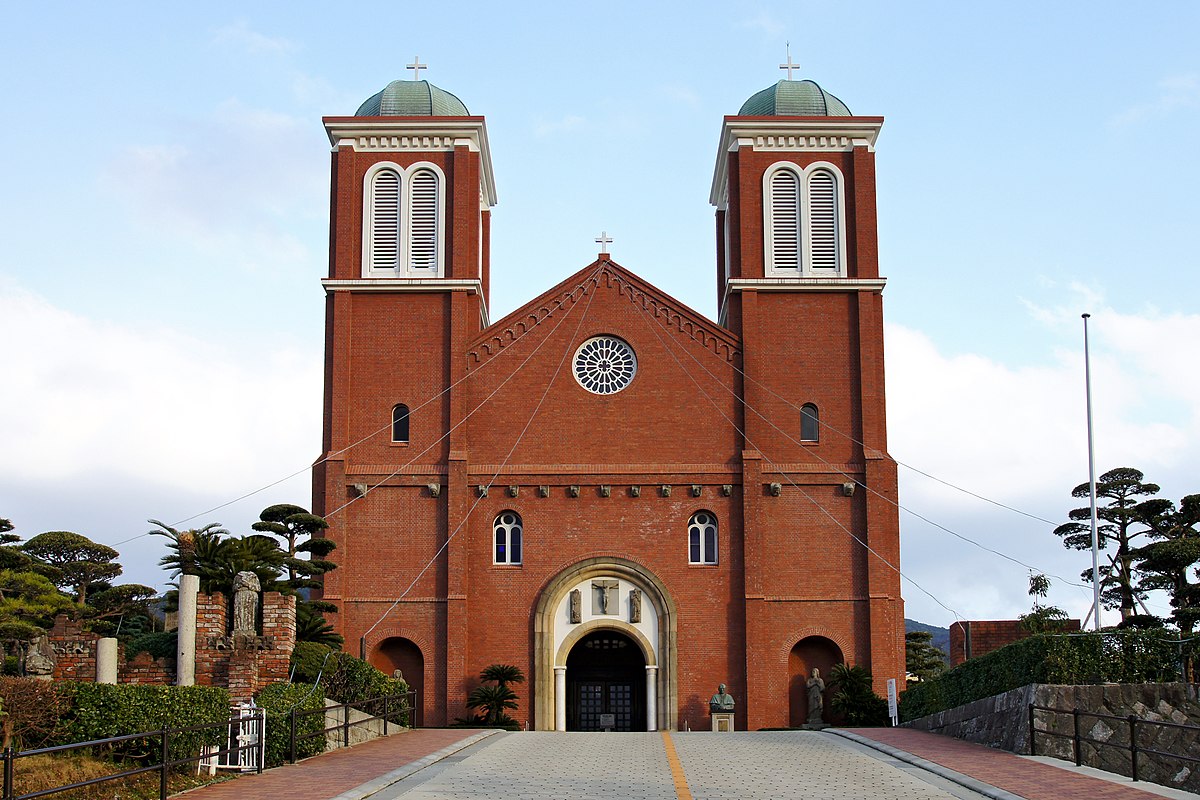
- Oura Cathedral:
- Designated for its representation of the city’s martyred faithful.
- Recognized as one of Japan’s architectural jewels in religious structures.
The 26 Martyrs Museum further exemplifies the region’s painful past, focusing on the tragic event where a group of believers faced persecution. The Urakami Cathedral, complementing Oura, showcases resilience through its stained-glass windows that illuminate tales of continued devotion amidst repression.
In contrast, Glover Garden offers a more serene glimpse into Nagasaki’s Christian heritage, with preserved buildings encapsulating the essence of western influence within Japan. Here, the oldest surviving church lies within a tranquil environment, marrying the city’s history with natural beauty.
- Glover Garden:
- Home to the oldest church monument, providing a serene historic setting.
Equally, the Nagasaki Museum of History and Culture provides comprehensive insights into Christianity’s saga within the city, from its nascent stages through the era of prohibition and into modern times where it stands as a testament to religious endurance.
- Nagasaki Museum of History and Culture:
- Chronicles the enduring tale of Christianity’s passage in Nagasaki.
Through these notable sites, including the majestic Our Lady of Japan, Nagasaki shares the resilience and lasting impact of Christianity within its cultural tapestry.
Culinary Delights and Beverages of Nagasaki
In the heart of Nagasaki, food enthusiasts delight in Champon, a local specialty noodle soup brimming with an assortment of seafood, vegetables, and pork mingled in a rich, savory broth. Eateries throughout the area serve this filling dish, a testament to Nagasaki’s culinary diversity.

For those with a sweet tooth, the fluffy Castella cake is a treat not to be missed. Originating from a 16th-century Portuguese recipe, it’s a Nagasaki favorite that comes in a variety of flavors, including honey and green tea, available at confectionery stores and as souvenirs.
Dining in Nagasaki also offers an exquisite multi-cultural experience with Shippoku cuisine – a fusion of Chinese, Japanese, and European dishes, showcased in luxurious multi-course feasts at Nagasaki’s upscale dining establishments.
Connoisseurs of fine drinks will appreciate Nagasaki’s tradition of sake brewing. The prefecture boasts multiple breweries crafting exceptional sake, such as Nishi no Seki and Azumaichi, utilizing the purest local resources. These exquisite spirits can be sampled during brewery visits or purchased at nearby shops.
For those exploring the local nightlife, numerous bars in the region provide a splendid selection of beverages and a welcoming atmosphere to unwind after dusk. Whether craving the rich flavors of a traditional meal or sipping on high-quality sake, Nagasaki offers a feast for the senses.
Celebrating Through Illumination
The Nagasaki Lantern Festival imbues the city with splendor as it honors the Chinese New Year. An array of vibrant lanterns transforms Nagasaki, drawing international spectators for this luminous tribute. This event represents the deep-rooted cultural exchange between China and Japan.
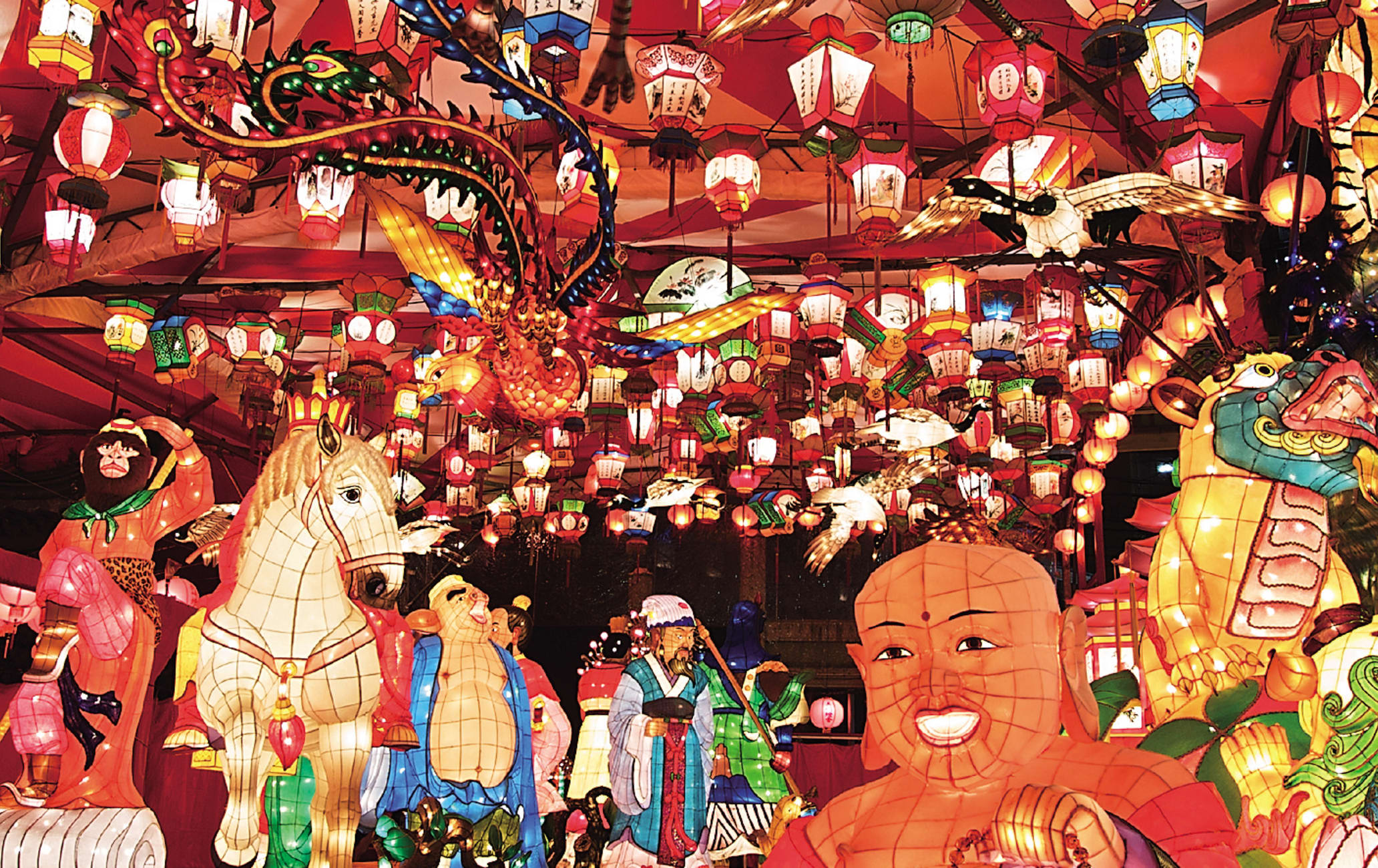
- Attendance: Visitors in the millions
- Displays: Thousands of lanterns
- Significance: Cultural unity
Lodging Options and Local Areas
Nagasaki’s Chinese District
Travelers with an affinity for Chinese culture and cuisine should consider staying in the Shinchi Chinatown district. Renowned for its dynamic environment and flavorful gastronomy, this neighborhood draws numerous visitors.
- Garden Terrace Nagasaki Hotel & Resort: For those seeking upscale amenities with a view.
- Nagasaki Kagamiya Hostel: Budget-friendly lodging with essential comforts.
- Hotel JAL City Nagasaki: Offers a balance of cost and convenience for travelers.
Booking accommodations in this lively district provides visitors with a culturally immersive experience and easy access to some of Nagasaki’s best Chinese fare.
Activities and Attractions
Theme Park with Dutch Flair
At the heart of Sasebo, one finds Huis Ten Bosch, a theme park brimming with replicas of Dutch buildings and a windmill-studded skyline. This attraction is a celebration of the Netherlands, complete with seasonal blooms and sparkling evening illuminations. Visitors can indulge in various experiences, from relaxing boat rides and walking through vibrant gardens to thrilling on a Ferris wheel or roller coaster. The park also houses a variety of dining options and stores, offering something for every age and interest. For those seeking more, seasonal events add extra charm to the visit.
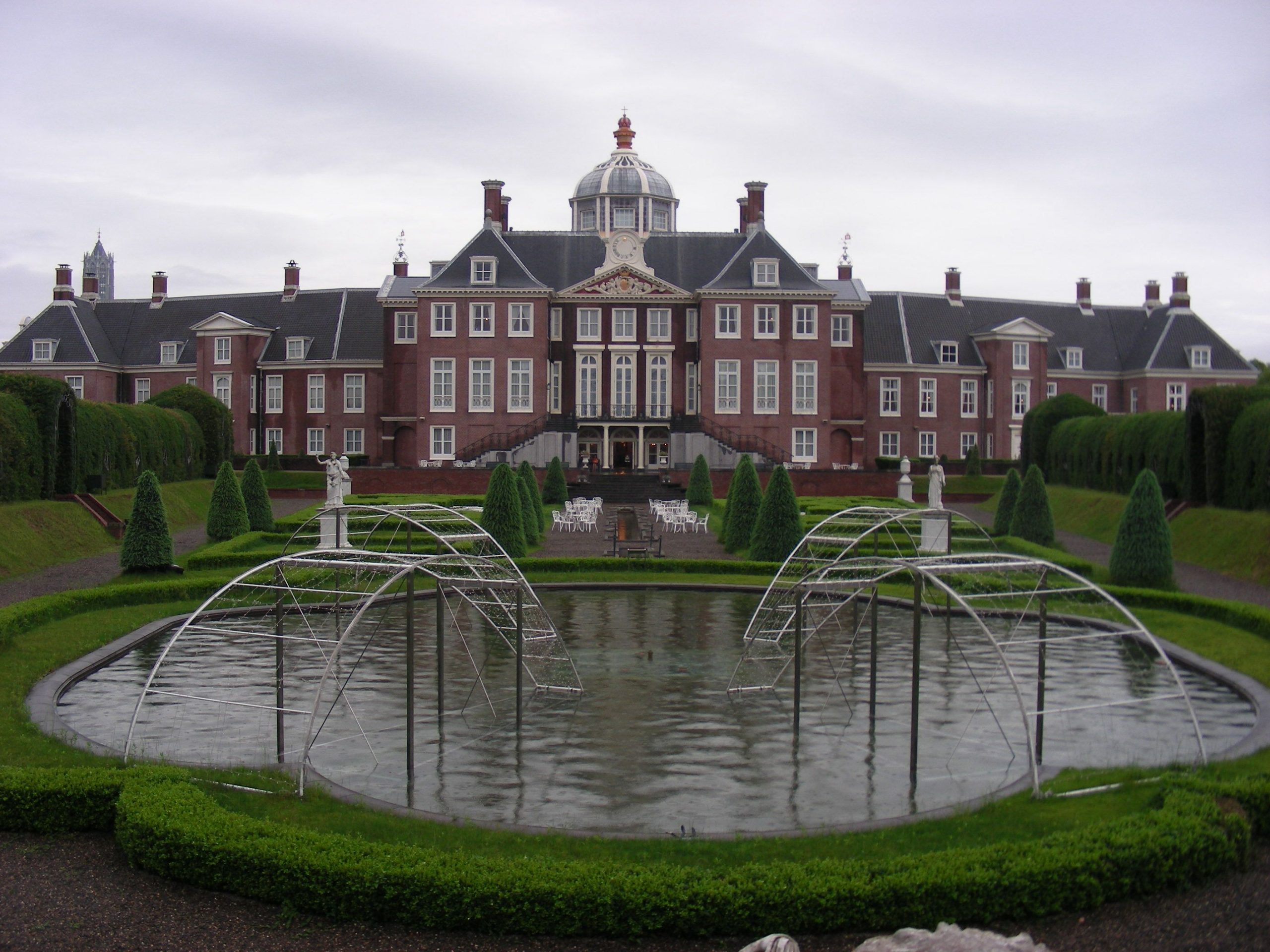
- Activities: Roller coasters, boat rides, windmills
- Experiences: Gardens, seasonal events, dining, shopping
Scenic Seaport Expedition
For a serene yet insightful venture, consider a Nagasaki Harbor Cruise. As the vessel glides through the calm waters, one can absorb panoramic views of the city skyline, showcasing iconic bridges and towers. An onboard guide might narrate the city’s rich port history, providing an educational nuance to the journey. After sunset, the harbor puts on a stunning display of lights, making an evening cruise particularly enchanting.
- Sights: Bridges, towers, night lights
- Learn: Cultural and historical commentary
Guests visiting Nagasaki have the opportunity to engage with its culture through these immersive attractions. They present perfect backdrops to craft memorable stories, whether through the eye-catching visuals of a thematic park or the tranquil narrative of a seaborne tour. Enjoy these hand-picked highlights for a well-rounded taste of Nagasaki’s offerings.
Regional Overview
Nagasaki Prefecture, nestled on Japan’s Kyushu Island, stands as a testament to a fusion of global influences and local Japanese heritage. The capital city, Nagasaki, boasts approximately 430,000 inhabitants and is celebrated for its vibrant port. This city is an exemplar of Japan’s international trade history, shaped by both Chinese traders and Portuguese influences.
Just outside the bustling capital, visitors will find Sasebo, another significant city in the prefecture known for its picturesque harbor and savory seafood offerings. Both cities are interconnected by an efficient transport system, with Nagasaki Station serving as the pivotal link for trains and buses facilitating movement around the area, including the captivating Omura Bay.
Transportation Highlights:
- Nagasaki Station: Central hub for travel.
- Fuchi Shrine Station: Gateway to cherry blossoms.
The region’s allure is magnified by its canals and the man-made island that embellish this port city, not to mention its scenic beauty and distinct culture that spans from its urban centers to the serene settings around Nagasaki.
Essential Considerations
- Accessibility: Visitors with mobility challenges should verify accessibility options at attractions.
- Costs: Some venues, like museums, may charge an entrance fee—check in advance.
- Experiences: Explore thermal springs and savor the local cuisine for a taste of the city’s offerings.
- Feedback: Refer to TripAdvisor for the latest reviews on must-visit spots and hidden gems.
